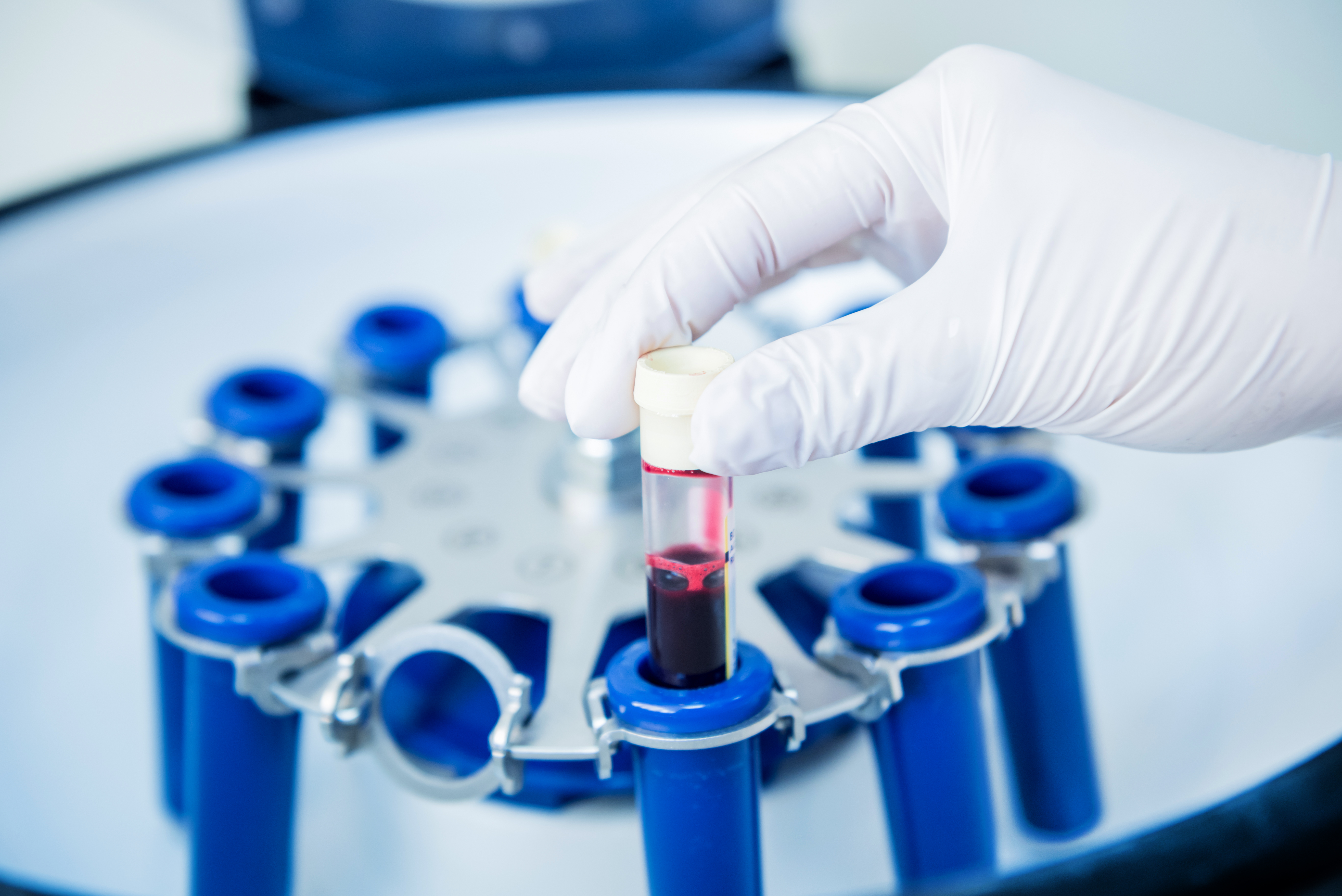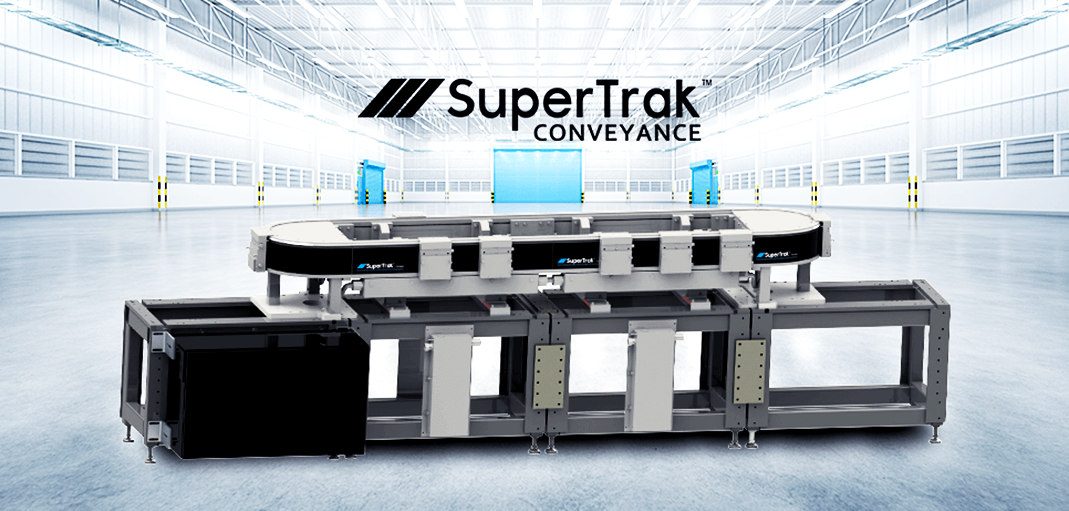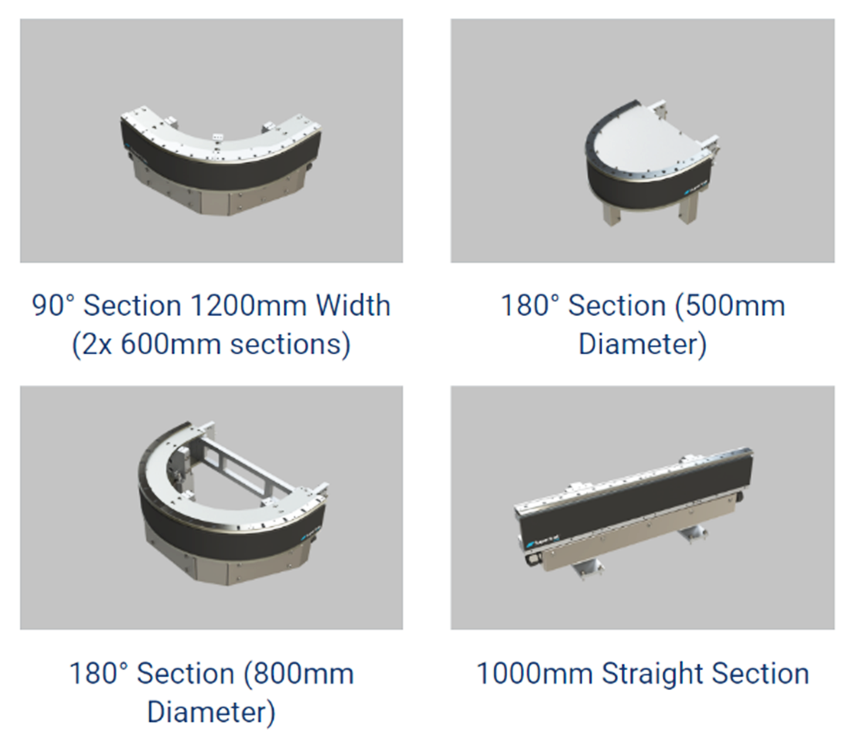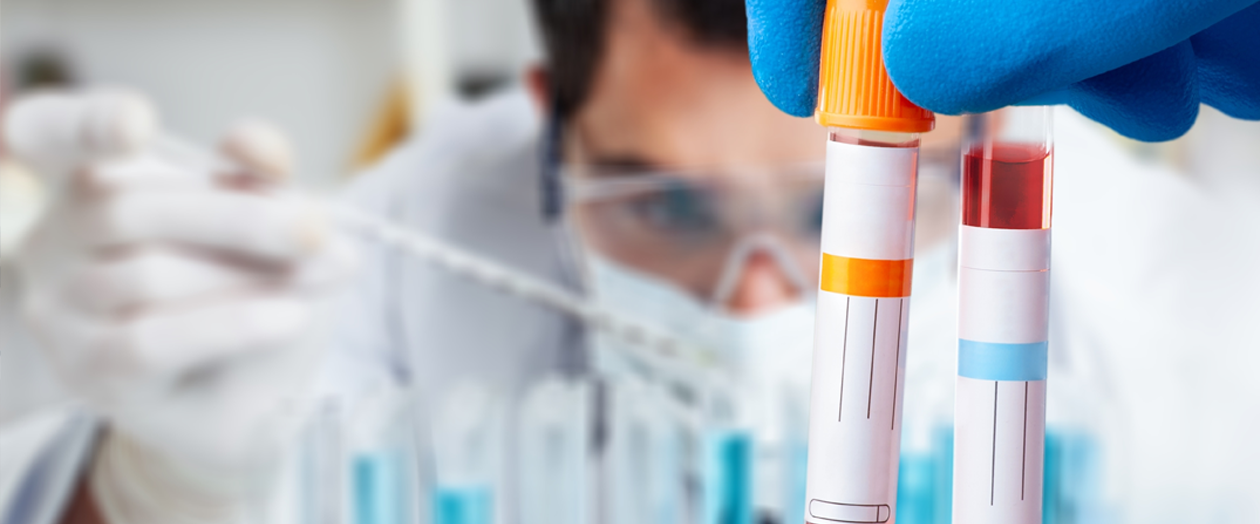Blood fractionation is a critical pre-analytical workflow commonly performed in blood sample processing and analysis sites such as biobanks and clinical diagnostic laboratories. This is a relatively straightforward process which includes collecting patient blood samples in vacutainers (i.e. blood collection vials pretreated with anticoagulants) and centrifuging until the blood separates into 3 distinct layers:
- Plasma Layer
- Leukocyte or White Blood Cell Layer (aka the ‘buffy coat’)
- Erythrocyte or Red Blood Cell Layer

The separated plasma and buffy coat layers can then be extracted through controlled pipetting steps and individually transferred to new sample collection vials. This enables a variety of important downstream applications such as genomic analysis on tumor-derived free DNA and CTCs (circulating tumor cells), biomarker discovery for early cancer detection tests (aka ‘liquid biopsy’), as well as leukocyte genomic DNA extraction and analysis.
As more of these IVD (in vitro diagnostic) tests hit the market and become a routine part of human health and wellness screening, the need for robust automated blood fractionation processing becomes paramount.
Currently many labs performing blood fractionation processes are using systems based on the standard liquid handling workstation platforms you will find in many academic and biopharma labs. These benchtop pipetting robots are typically configured with a pipetting arm, labware gripper arm, blood vial imager, and sample barcode scanners to support a semi-automated workflow consisting of the following basic steps:
- A human operator loads a batch of pre-centrifuged, de-capped and barcoded patient blood samples onto the instrument work deck which scans the sample barcodes for sample tracking and LIMS integration;
- The blood vials are imaged to detect the plasma, buffy coat and red blood cell layers;
- This image will then direct the pipetting arm to the appropriate Z-heights to aspirate and extract the separate fractionated layers, then pipette into empty sample collection vials on deck;
- The pipetting arm will repeat the aspirate/dispense steps as needed until sample aliquoting of the fractionated layers of interest is complete;
- The operator will then remove tubes containing the blood fractions, recap and then store the tubes for downstream processing.
This process works fine for lower throughput sample processing workflows, but what do you do when blood sample throughput ramps up exponentially because your commercial diagnostic assay requiring isolated plasma becomes a routine health screening test? Do you take the brute force approach by purchasing a bunch of these pipetting robots and hiring additional lab personnel to handle operations?
Or perhaps there’s a far better end-to-end automated solution. Read on to see 4 key reasons to work with ATS REM to scale up your high throughput blood fractionation workflows.
- Optimize efficiency and protect your operators by fully automating the fractionation process:
The ATS REM approach to this workflow automates the full end-to-end blood sample fractionation and plasma extraction process. In addition to barcode scanners, tube imagers, pipetting workstations, and robotic labware grippers, tube decappers and centrifuges designed specifically for automated workflows are also integrated into the overarching robotic workflow solution.
This allows for capped whole blood sample tubes to be loaded directly into the system by the operator. Not only does this setup minimize manual intervention steps in the workflow, but the risk for direct human exposure to blood is significantly diminished as the operator does not handle uncapped sample vials in this process. - Scale up with fewer operators through continuous sample processing workflows:
ATS builds your workflow around our SuperTrak CONVEYANCE™ system. SuperTrak is a loop-based track with mounted electromagnetically-driven shuttles that quickly move samples, reagents, and labware from one sample processing station to the next in a seamless continuous workflow. The shuttles move asynchronously enabling dynamic high-speed automated workflows.
This is an extremely powerful automation infrastructure for high throughput blood fractionation workflows as it enables a continuous sample processing workstream. Common benchtop blood fractionation workstations are designed for much smaller quantity batch processing workflows. To match the sample processing throughput of a fully-automated ATS REM solution you will typically need several of these benchtop liquid handling workstations, additional operators, and significantly more floor space. - Configure your workstation to match your specific throughput requirements:
Whether your sample throughput workflow requires the capacity to process 500 vials/hr, 1000 vials/hr, or more, the ATS automated system for blood fractionation is designed to be configured to match your specific processing demand.
Supertrak CONVEYANCE™ is a modular workflow solution built specifically to optimize your process workflow. Various 90, 180 degree, and straight track pieces are available to build your custom track setup to support your sample throughput workflow while simultaneously optimizing available floor space.
Unlike standard benchtop pipetting workstations where you’re limited to a fixed deck size with rigid space constraints, with SuperTrak you can configure your system to integrate the exact required number of imaging, decapping, centrifugation, and pipetting workstations to support your specific workflow needs. And as sample processing demand increases in the future you can choose to either scale up your existing automation system, build additional ones, or both.

- Take fewer aspirate/dispense steps by utilizing 5mL tips for plasma recovery without sacrificing pipetting performance:
The ATS REM integrated pipetting workstation for plasma aspiration and dispensing is designed for use with 5mL disposable pipette tips. Robotic benchtop liquid handlers are typically compatible with 1mL tips and smaller. Since many standard adult blood collection vials hold up to 10mL of fluid volume and human blood is over 50% plasma you’ll commonly see 4 to 5mL+ of plasma per blood tube.; therefore, a 5mL capacity tip is optimal for achieving maximum plasma recovery with the fewest pipetting steps thus further speeding up your processing workflow over a 1mL tip-based pipetting workstation.
Aspiration and dispensing in the 5mL pipette channels are driven by ultra-high resolution syringe pumps (~400,000 steps per stroke) while many standard automated liquid handling pipette channels are typically driven by 3,000 step resolution pumps. This exponentially higher volume displacement resolution in 5mL channels enables the increased volume capacity without sacrificing pipetting performance.
Lastly, each pipetting workstation integrated into the ATS Blood Fractionation Workflow Solution includes 16 pipette channels. Many current benchtop automated pipetting workstations offer only up to 8 pipettor channels per system, offering significantly diminished pipetting throughput capacity compared to the ATS solution. Not to mention, with the configurable SuperTrak-based workflow, multiple 16-channel pipetting stations can be integrated in the overall workflow.
By partnering with ATS REM for automating high throughput blood fractionation workflows, laboratories can:
- Optimize efficiency and protect operators by fully automating the fractionation workflow
- Scale up with fewer operators through continuous sample processing workflows
- Configure workstations to match your specific throughput requirements
- Take fewer aspirate/dispense steps by utilizing 5mL tips for plasma recovery.
To discuss how to scale your blood fractionation processing capabilities click the TALK TO AN EXPERT button to schedule your appointment.











